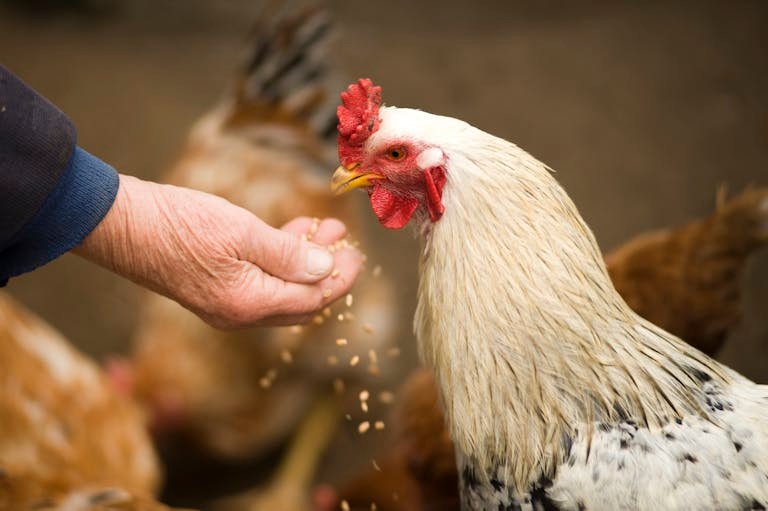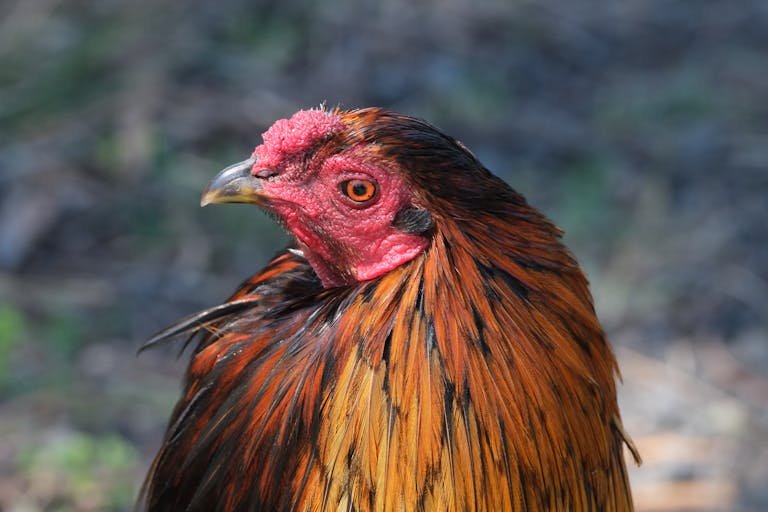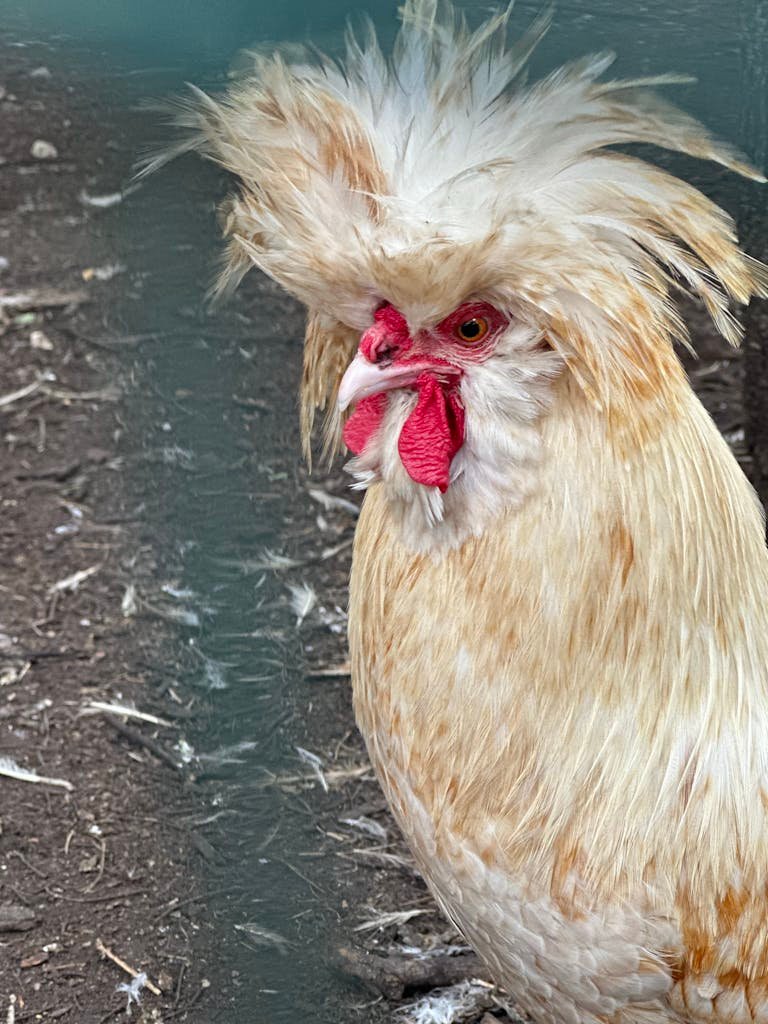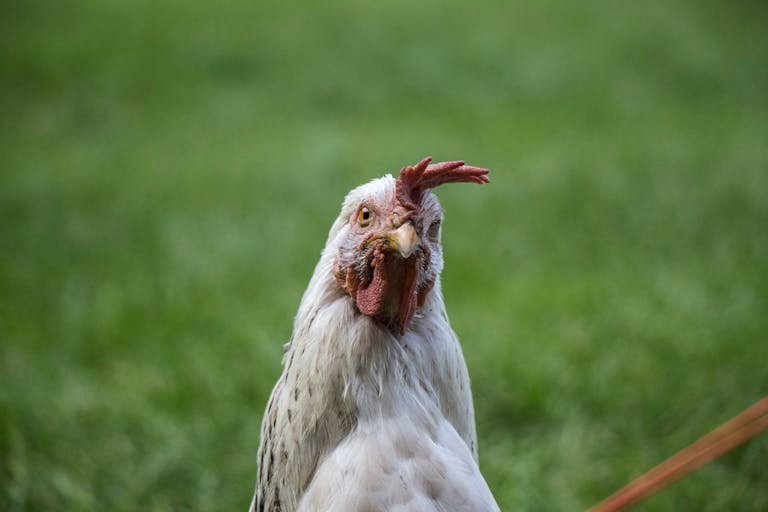Black Jersey Giants: The Ultimate Backyard Flock Guide
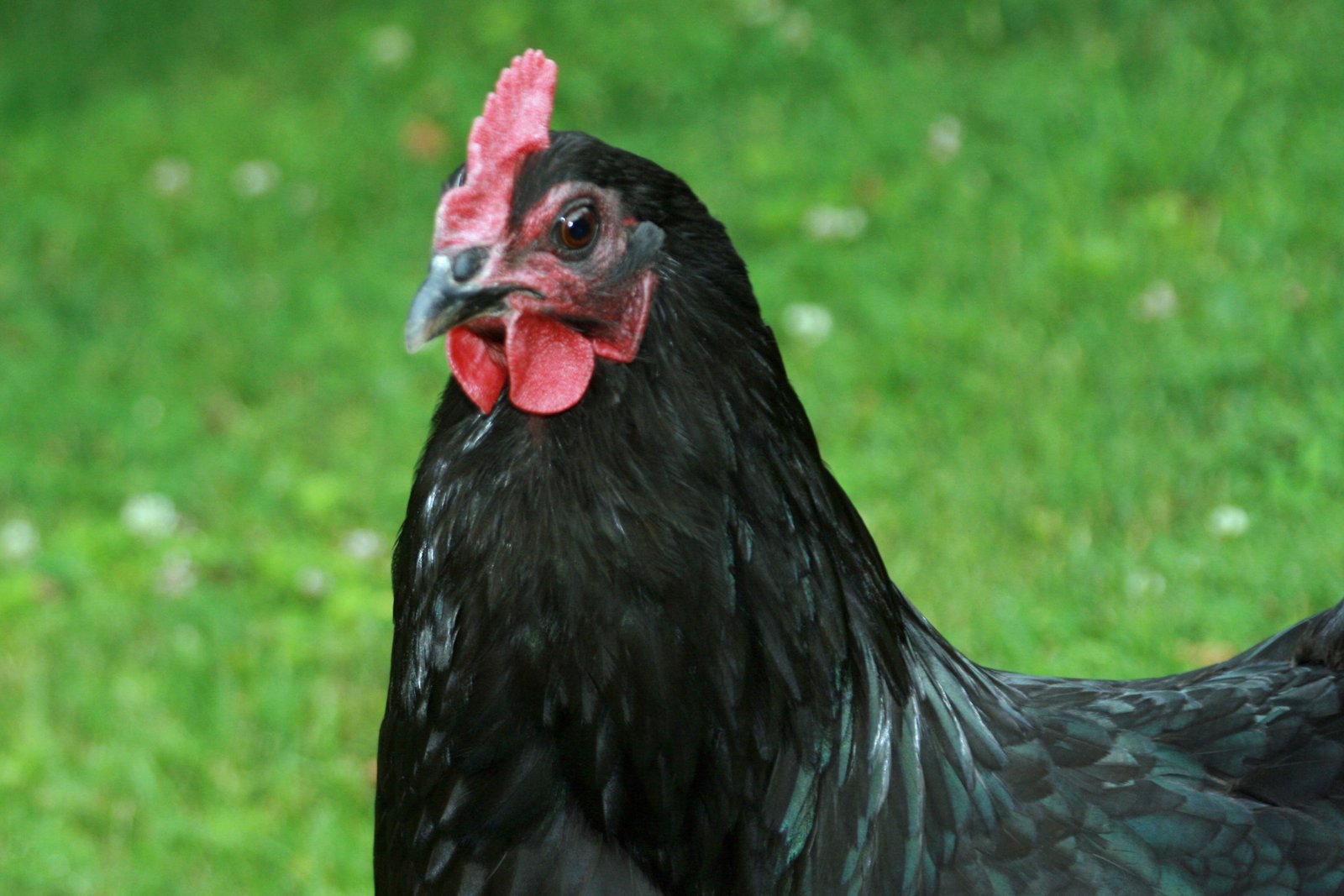
The Black Jersey Giant is a unique breed of chicken that is well known among poultry Masters due to its large size, attractive and splendid look as well as multiple purposes. Enjoyed for both commercial production and hobby farming Black Jersey Giants are one of the biggest types of chickens you can find.
This ultimate reference source will provide you with information on Black Jersey Giants ranging from their history, physical traits, egg laying, and health issues.
Overview of Black Jersey Giants
The Black Jersey Giant is a breed that stands out due to its sheer size and beauty. These birds originated in the United States during the last quarter of the 19th century and are characterized by their green-glossed black plumage. They are also valued for their calm disposition and their body type which is suitable for both meat and egg production.
Key Characteristics:
- Size: A breed that boasts the biggest stature out of all the chicken breeds with the male being about 13-15 pounds (5. 9-6. 8 kg) for the toms and females between 11-13 pounds (5-5. 9 kg).
- Plumage: Glossy black plumages which appear to be green when viewed under the light.
- Temperament: Friendly, docile, and gentle, making them great for backyard flocks.
- Egg Production: A consistent layer of large brown eggs.
- Hardiness: Drought-resistant and suitable for trying growing conditions, cold-tolerant.
Black Jersey Giants are known to grow slower than most other chickens hence they attain massive proportions. They are large but very friendly birds and that makes them a delight to have within your poultry flock.
The Origin of Black Jersey Giants
This breed of chicken was developed in New Jersey, USA at the end of the nineteenth century by John and Thomas Black. The intended purpose was that these two brothers wanted to establish a breed that could be used as an alternative to turkey especially in the market in terms of meat suppliers to have a bird that provided both meat and eggs.
Breeding Process:
To create the Black Jersey Giant, the Black brothers crossed several breeds, including:
- Black Javas: They are famous for their black shiny coat and good quality of meat.
- Black Langshans: Because of their size and their level of feathering.
- Dark Brahmas: Implementing additional size and resilience into the equation.
The result was a chicken that was not only enormous but also had a calm temperament and the ability to produce a steady supply of eggs. This breed was admitted to the APA (American Poultry Association) in the year 1922.
Read Also: Silkie Comb Secrets: Rooster vs Hen – Uncover the Truth
Characteristics of Black Jersey Giants
The Black Jersey Giant is unique in many ways, from its appearance to its behavior and production capabilities. Let’s delve deeper into these characteristics:
1. Size and Weight
However, size seems to be one of the most striking characteristics of Black Jersey Giants. Male chickens are known to weigh between 13 and 15 pounds while the females weigh between 11 and 13 pounds. Due to their big size, they are commonly preferred for meat; but it’s important to know that their growth is relatively slow compared to, for example, Cornish Cross.
2. Plumage and Appearance
Black Jersey Giant has an almost iconic look, mainly due to the deep black feathers with a green sheen when exposed to light. This shiny, glossy black coloring gives them a rather stunning appearance. They have soft feathers, and their overall build is huge and well-muscled.
3. Temperament
Despite their small size, Black Jersey Giants have been described as friendly and docile birds. They are easy to maneuver; thus, they are ideal for first-time users and households with children. They are not mean and territorial and can easily interact with the rest of the chickens within the pen.
4. Cold Hardiness
Another advantage of the Black Jersey Giant is its hardiness in cold climates. Their large size and dense feathering help them withstand colder temperatures, making them a great option for those living in regions with harsh winters.
5. Dual-Purpose Breed
Black Jersey Giants are used both for meat production as well as for egg production as they are a dual-purpose breed. Although they come in small numbers, they are not a commercially viable option for producing meat and are more suitable for small-scale farmers and homesteads.
Black Jersey Giants: Male vs. Female
It is also very important to distinguish between male and female Black Jersey Giants although they share many similarities in their size, appearance, and behavior patterns there are few differences.
Male Black Jersey Giants (Roosters)
- Size: They are even larger and more muscular than the standard breed, weighing between 13 to 15 pounds.
- Appearance: Roosters have long wings and tail structures which make them look more muscular and authoritative compared to the hens.
- Behavior: Mature male Black Jersey Giants may be more aggressive and tend to dominate their fellow roosters. Nonetheless, they are mostly docile and amenable to dealing with human beings.
Female Black Jersey Giants (Hens)
- Size: Slightly smaller and more refined in appearance, weighing between 11-13 pounds.
- Appearance: These birds have comparatively small wings and tail feathers, which makes them appear more rounded.
- Behavior: Female Black Jersey Giants are generally more passive and obedient, that is why they are good at egg-laying and get along well with others in flocks containing birds of any sexes.
Egg Production in Black Jersey Giants
While Black Jersey Giants were initially bred for meat production, they are also known for being reliable layers. Their large size contributes to the production of equally large eggs, making them a popular choice among those seeking a dual-purpose breed.
1. Annual Egg Production
Black Jersey Giant hens can produce 200 to 250 eggs per year. This is not as much as some of the exotic layers such as the Leghorn, however, it is ideal for a bird that is raised for both meat and eggs.
2. Egg Color and Size
- Color: Black Jersey Giants lay their eggs light to medium brown like the majority of other large birds.
- Size: These are jumbo to extra jumbo eggs, which are preferred for home use and specialty egg production.
3. Laying Patterns
Black Jersey Giants are sometimes classified as dual-purpose birds because, like other breeds of chickens, they can lay eggs at the age of 6 to 8 months. As much as their egg production could be influenced by the harsh winter season, they are decent layers all year round.
Disease Prevention for Black Jersey Giants
Like all chickens, Black Jersey Giants require proper care and attention to ensure they remain healthy and free from disease. Several key practices can help maintain the health of your flock.
1. Vaccinations
Vaccinations play an important role in disease control in chickens and a regular schedule should be observed. Owners should discuss with their veterinarian the immunization regime that is necessary for Black Jersey Giants since it depends on the current conditions of the region where the birds are situated.
2. Sanitation
Proper sanitation is one of the helpful measures that can be taken to reduce the spread of diseases. This entails cleaning the chicken coop and the run often, changing the bedding, and making sure that the food and water-feeding dishes are always clean.
3. Nutrition
Proper feeding is an essential aspect that should be observed if you want your Black Jersey Giants to live long and healthy lives. Make sure they are supplied with quality chicken feed for them to feed and fresh water for them to drink. You can also feed them treats which include fruits, vegetables, and grains, but ensure that you do not overfeed them with the treats.
4. Health Checks
Regularly monitoring your Black Jersey Giants for signs of illness or stress is important. Some of the other common signs of any illness include poor bodily movement, lack of appetite, diarrhea or soft stools, and change in behavior. This enables the prevention of disease spread within your flock and the overall health of the birds to be maintained.
5. Quarantine New Birds
If you plan to introduce new birds to your flock, it’s essential to quarantine them for a few weeks before allowing them to mix with your existing Black Jersey Giants. This helps prevent the spread of disease and ensures that the new birds are healthy before they are integrated into the flock.
6. Parasite Control
Candidacies such as the rings, Norway, and other bacteria, protozoa, fungi, and viruses are dangerous internal and external parasites that affect the health of your Black Jersey Giants. Occasionally examine your birds for any form of parasite infestation and ensure you address the issue effectively. This may include dust bathing, giving the chickens anti-parasite treatments, and cleaning up the chicken’s house.
Read Also: Chicken or Carrots: Protein Powerhouse?
Final Words
The Black Jersey Giant in my mind can be considered as a really attractive chicken breed that has a lot of advantages for the farmer as well as for the poultry fanciers. Whether you want to keep them for food, for their eggs, or just for the kids to have something fun to tend to, these docile birds won’t fail to delight you in one way or the other. Their bulkiness, docility, and functionality make them an ideal inclusion to any flock. Proper management of Black Jersey Giants is therefore recommended since they will serve you for several years if well cared for.
By implementing the lessons of this extensive manual you can guarantee your Black Jersey Giants are vibrant and skilled for laying satisfying eggs, fulfilling their duty of creating quality meat for you, or are simply delighted to be your charming companions in the backyard.
